1、 Morphological characteristics
1. Root: the rhizome is relatively thick and thick, with ventilation holes inside. It is buried in the mud at the bottom of the water and turns white after washing. Edible, also known as lotus root
2. Leaves: the leaves are round and shield shaped, with a diameter of up to 1 meter. The color is dark green, with waxy white powder on the surface and wavy edges
3. Flowers: usually bloom from June to September. Flowers solitary at the top of pedicel and raised above the water. There are many kinds of petals, such as single petal, double petal and double petal. The colors are mostly white, pink, lavender and so on
4. Fruit: the fruit is inverted conical, the pericarp is relatively hard and contains seeds. The seeds are white, oval or oval, with edible and medicinal value
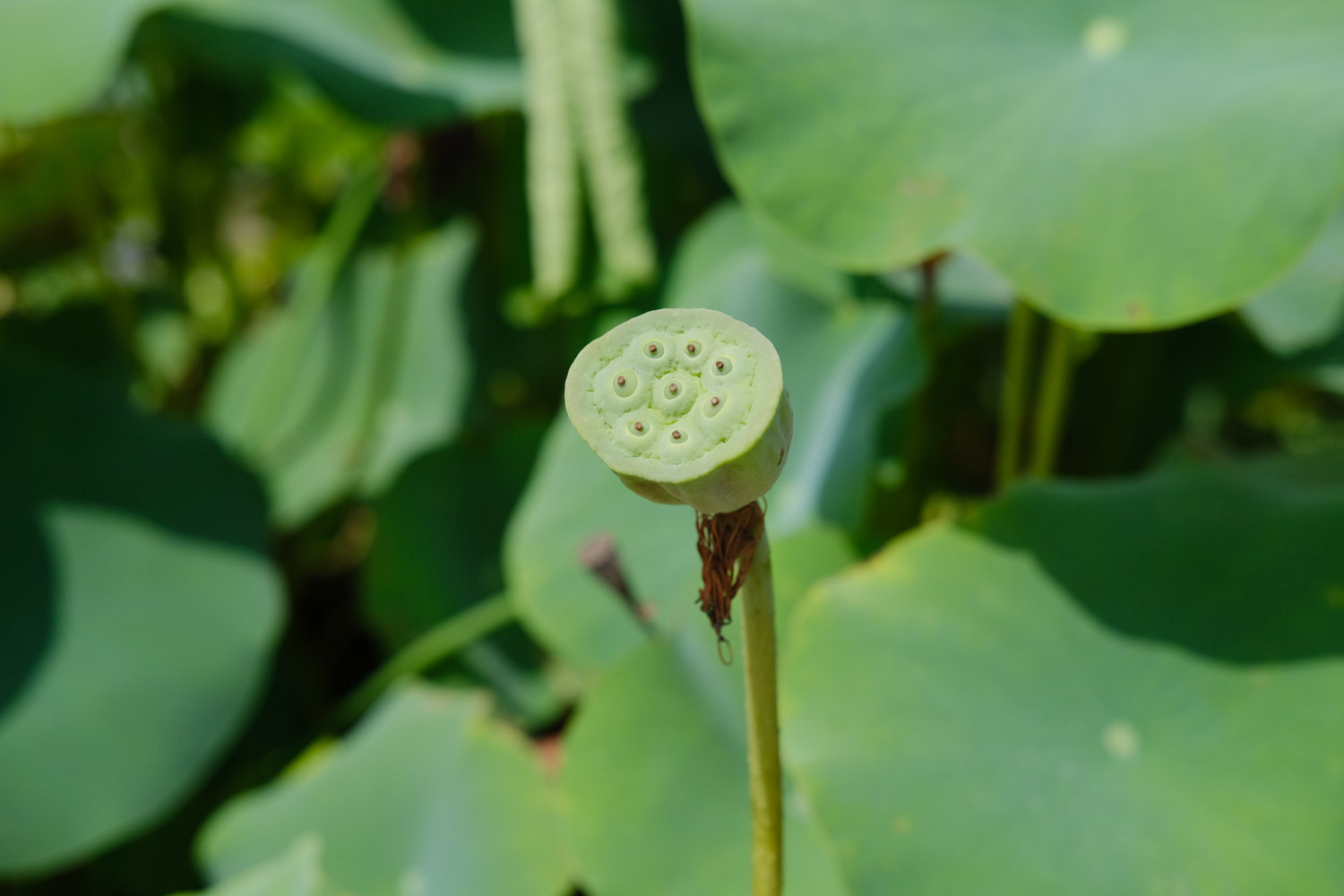
2、 Curing method
1. Water quality: as an aquatic plant, lotus has extremely strict requirements for water quality. It's best to take river water for breeding. Tap water needs to be dried for two days. In addition, in summer, high temperature leads to rapid evaporation of water. Add water to the basin regularly
2. Fertilization: Lotus fertilization is mainly phosphorus and potassium fertilizer, with less nitrogen fertilizer. If the soil at the bottom is fertile, there is no need to apply fertilizer. If the leaves are yellow and thin, they can be rubbed into small balls with urea and mud and put into the basin, which can be recovered in a week
3. Overwintering: the upper part withers in winter, but the rhizome still survives and needs to be buried in the frozen soil layer. It can be watered and moisturized properly. If the temperature is low, it needs to be covered with fresh-keeping film
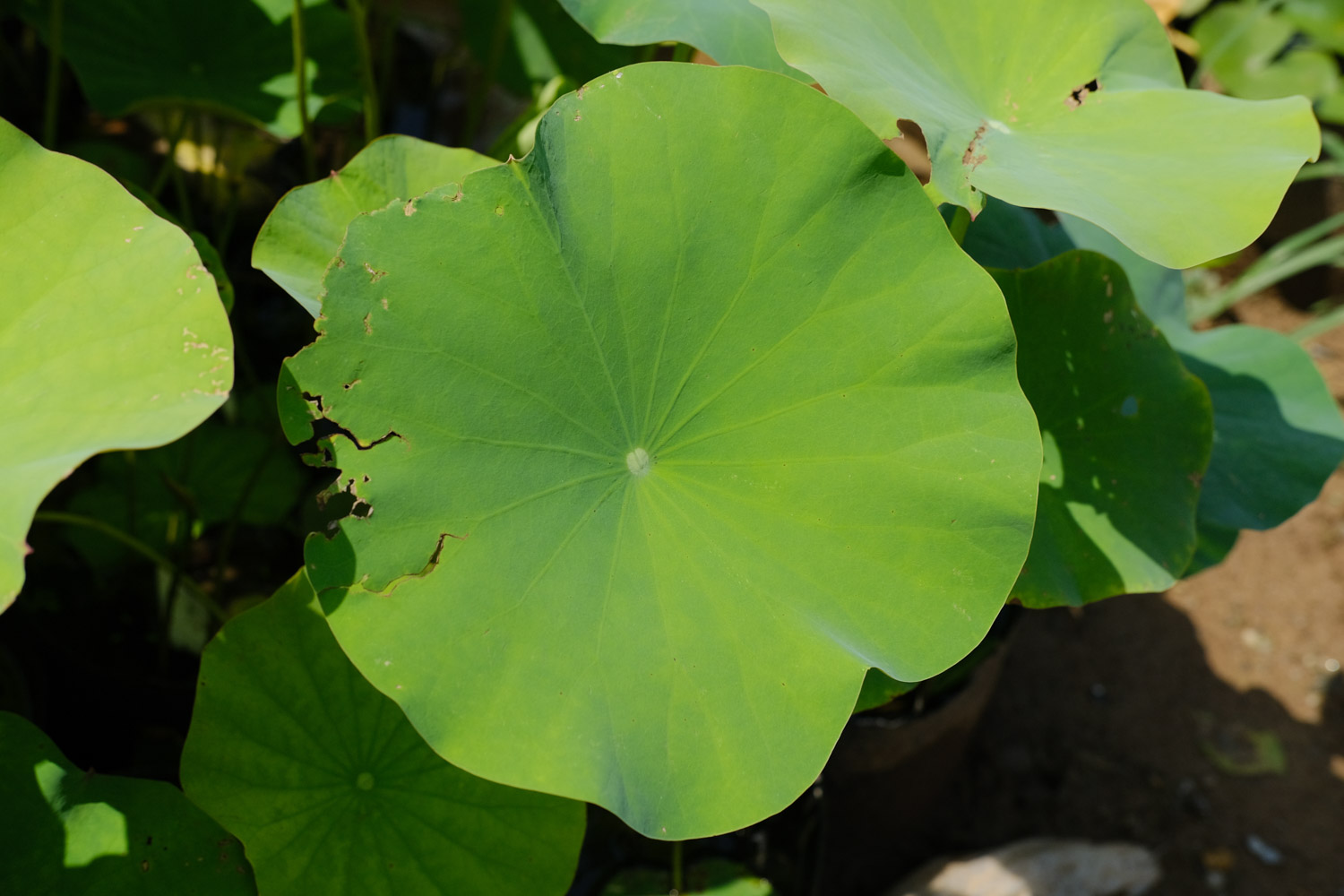
3、 Picture appreciation
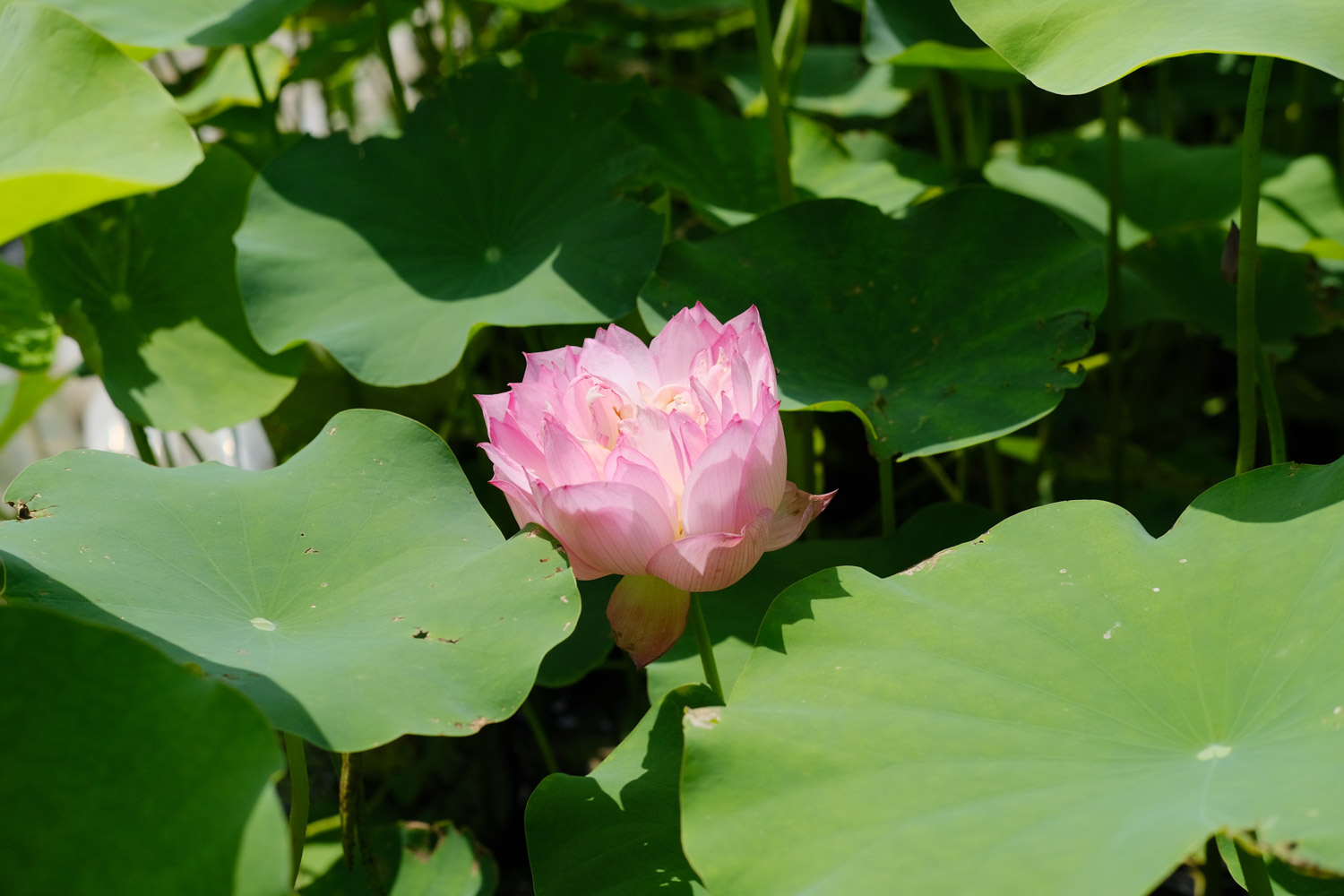
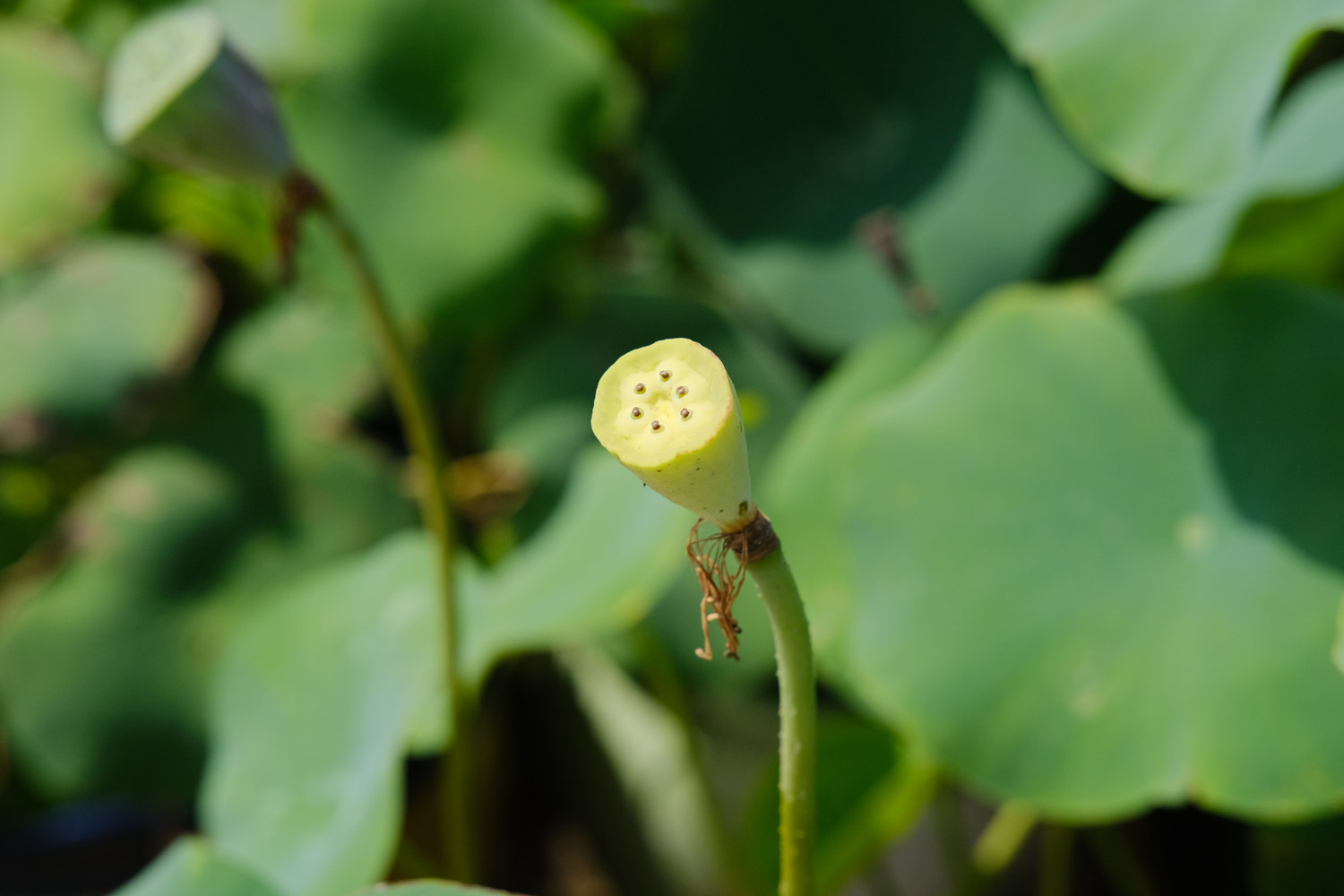
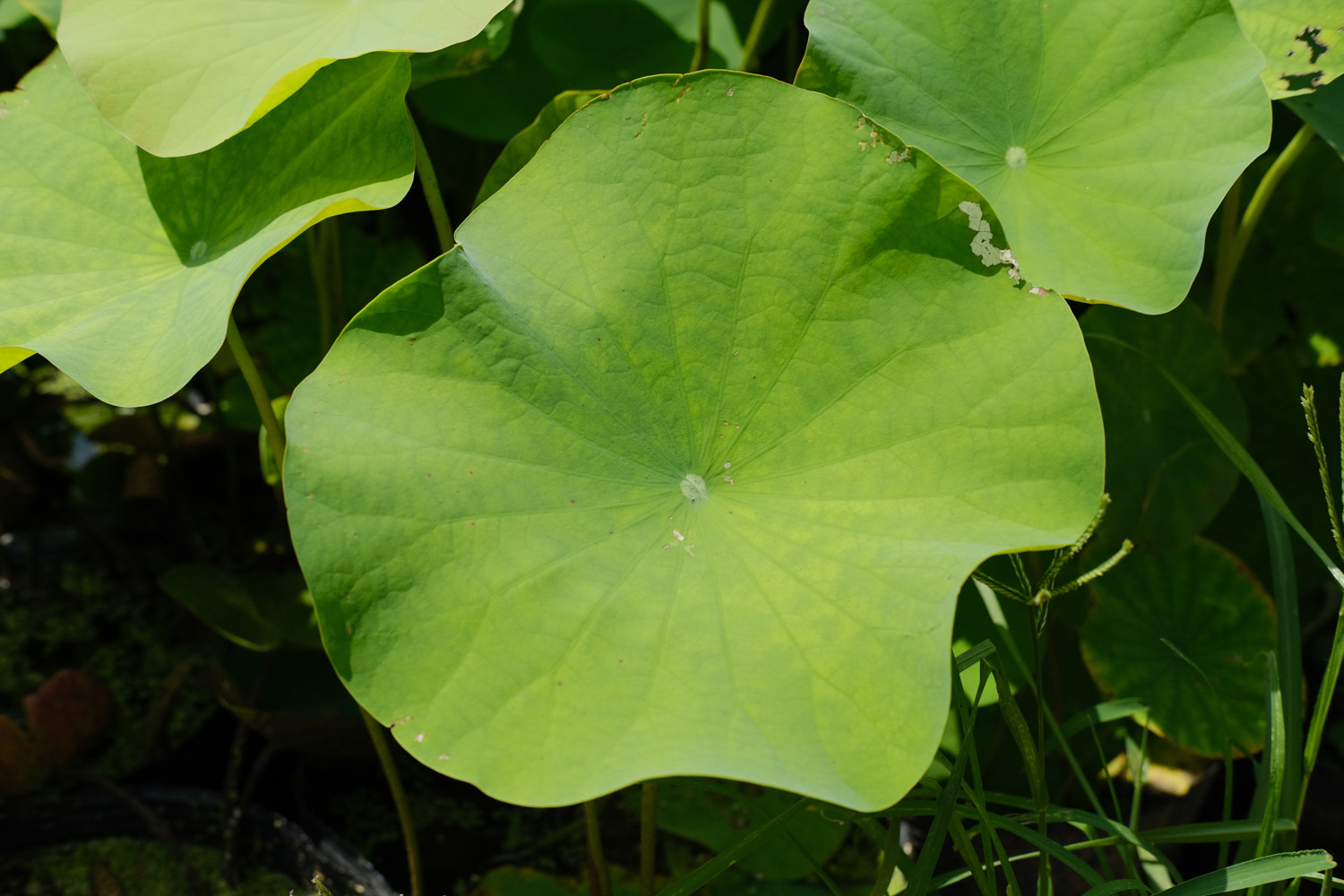


 jackfruit
jackfruit snake plant
snake plant hibiscus
hibiscus hydrangea
hydrangea lavender
lavender Green roses climb al...
Green roses climb al... If you don't pay att...
If you don't pay att... Management of four g...
Management of four g...
































